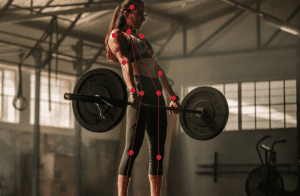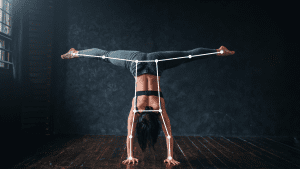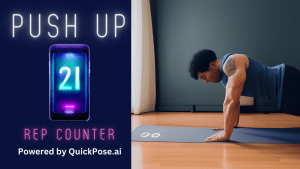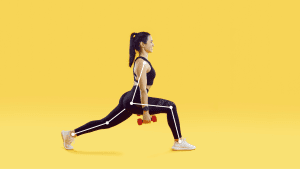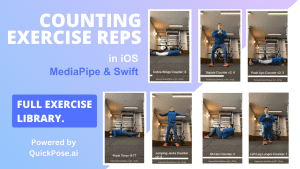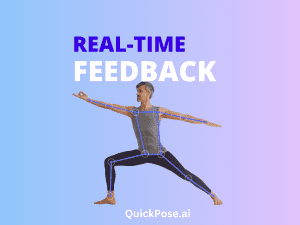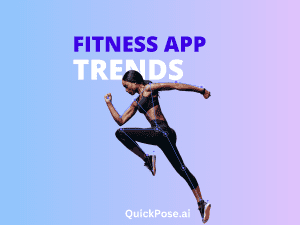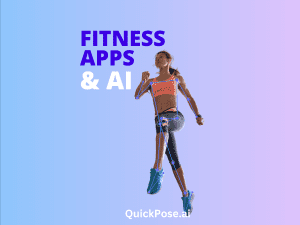To understand virtual fitness, we must first examine the shift in the fitness industry that has occurred in recent years. Traditionally, fitness has been centered around the gym or the studio, with people going to a physical location to work out. However, with the rise of technology, a new form of fitness has emerged – virtual fitness.
Virtual fitness is the use of technology to deliver fitness programs and classes remotely, allowing people to work out from anywhere with an internet connection. This new form of fitness offers convenience and flexibility, but it also requires a shift in mindset from both the fitness industry and consumers. We must embrace technology and recognize the potential it has to enhance our fitness journey.
As with any new technology, virtual fitness has its challenges, such as the lack of human interaction and the need for self-discipline. However, it also offers many benefits, such as personalized coaching and the ability to work out on your own schedule. It’s up to us to adapt to this new way of fitness and find ways to make it work for us.
Improving Virtual Fitness
When it comes to improving virtual fitness, it’s important to first understand why people are drawn to it. Virtual fitness offers convenience, flexibility, and accessibility.
Virtual fitness has gained immense popularity in recent years, offering people a convenient and accessible way to stay fit and healthy. But like any new technology, there is always room for improvement. So, let’s explore some potential ways to enhance the user experience and effectiveness of virtual fitness programs.
Personalized Experiences
One way to improve virtual fitness is by increasing personalization. By using AI and machine learning algorithms, virtual fitness programs can analyze user data to create personalized workout plans and adjust the difficulty level of the exercises based on the user’s fitness level. This can create a more tailored experience that caters to the individual needs and goals of the user.
Interactive Feedback using AI Pose Estimation technology
Another way is to provide interactive feedback on form and technique. This can help users perform exercises correctly and avoid injury. For example, virtual fitness programs can use sensors that track movement or offer real-time video analysis to provide immediate feedback.
Gamification
Gamification is also an effective way to increase motivation and engagement in virtual fitness programs. Leaderboards, rewards, and other game-like features can help create a more engaging experience that keeps users motivated and accountable. For example, incorporating leaderboards, challenges, or the ability to work out with friends remotely can make virtual fitness feel more like a community experience and increase user engagement.
Social Interaction Features
Incorporating social interaction is another way to improve the virtual fitness experience. Working out with friends remotely or competing in virtual challenges can create a sense of community and increase accountability.
Create Immersive Virtual Fitness Experiences
Finally, advancements in virtual and augmented reality technology could create more immersive virtual fitness experiences that simulate real-world environments and make workouts more engaging and enjoyable.
In conclusion, integrating AI into fitness apps has the potential to revolutionize the way people approach fitness and achieve their health goals. And the good news is that it has never been easier to integrate AI technology into fitness apps. QuickPose, for example, offers an iOS SDK to integrate human pose estimation, allowing app developers to enhance their fitness apps with advanced AI capabilities without having to start from scratch. With this powerful tool at their disposal, app developers can improve the accuracy and effectiveness of their apps, creating a more personalized, engaging, and rewarding fitness experience for users. So, let’s embrace the power of AI in fitness and work towards a healthier and happier future. With QuickPose you can quickly develop apps that can count Push Ups, Squats, Jumping Jacks, and measure range of motion of joints.
Other Frequently Asked Questions
How to add Pose Estimation into an app?
Can Vision AI be used for all types of exercises?
Is Vision AI accurate?
Do I need any special equipment to use a fitness app with Vision AI technology?
How can fitness apps improve?
How Pose Estimation Can Validate Move-to-Earn
What is Move-to-Earn? Move-to-earn is a concept where users are rewarded with cash or other…
15 Best Crypto Move-to-Earn Apps
15 Best Crypto Move-to-Earn Apps in 2023: Where fitness and Crypto Overlap As we keep making…
Great Fitness Apps Using AI
Fitness apps have come a long way in recent years, and the integration of artificial intelligence…
What is Human Pose Estimation?
Human Pose Estimation is a computer vision technique that utilizes Machine Learning (ML) and Deep Learning…
Example Use Cases of Pose Estimation in Fitness Apps
The Fitness App industry is on the rise, with an estimated revenue $19.55 Billion in 2023,…
How to Build an AI Push Up Counter App
Step-by-step instruction of how to build an AI Push Up Counter app with QuickPose.
How to build an AI Lunge Counter App
Step-by-step instruction of how to build an AI Lunge Counter using QuickPose.
Counting Exercise Reps: MediaPipe in iOS with Swift
Step-by-step instructions to integrate QuickPose into your iOS App.
5 Reasons Why Real-Time Feedback Enhances User Experiences
Trigger alerts and voice commands from body position info.
Best Fitness Apps using AI in 2023
In today’s tech-driven world, even your fitness journey can be personalised and optimised with the help…
Fitness App Trends
From wearables to hyper-personalisation there are key trends in fitness in 2023, with some key predictions…
How Can AI Be Used in Fitness Apps?
24 ways that AI can be used to improve activation, conversion, and retention in Fitness Apps.…
How to Use LLMs and Pose Estimation to Create an AI Fitness Coach
The LLM analyses this data provided by QuickPose ML algorithms and provides motivational messages, celebrating achievements…


